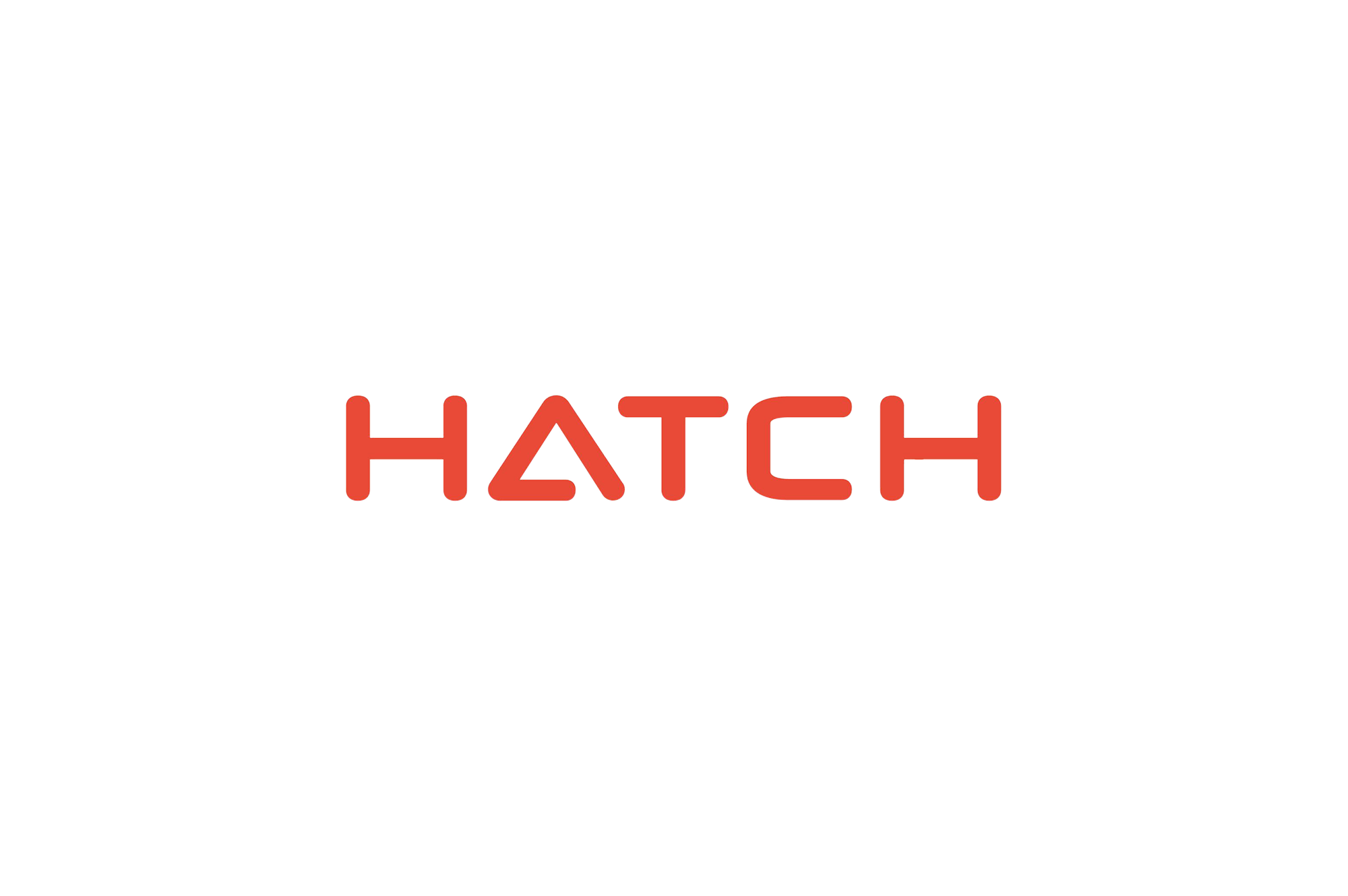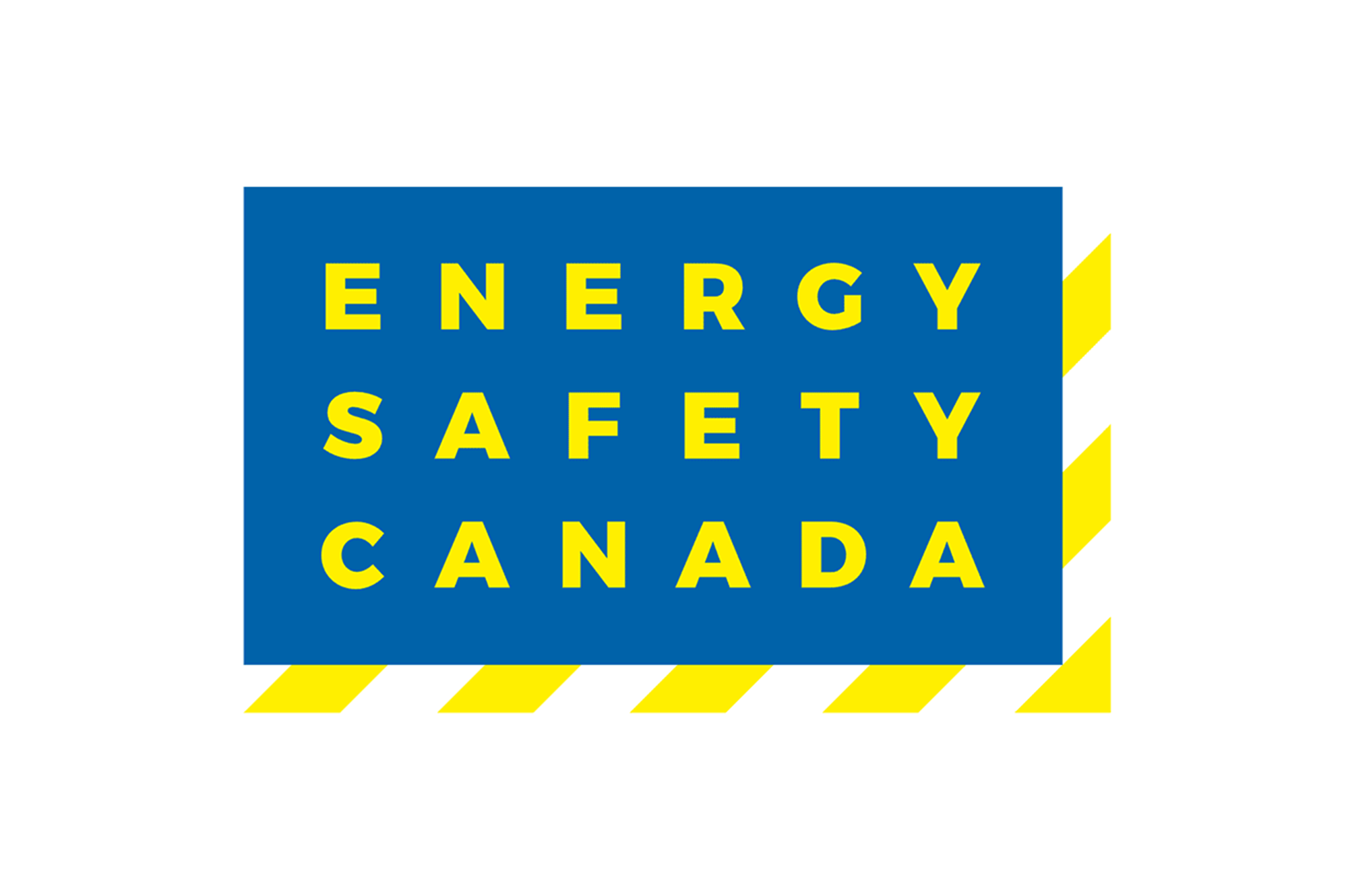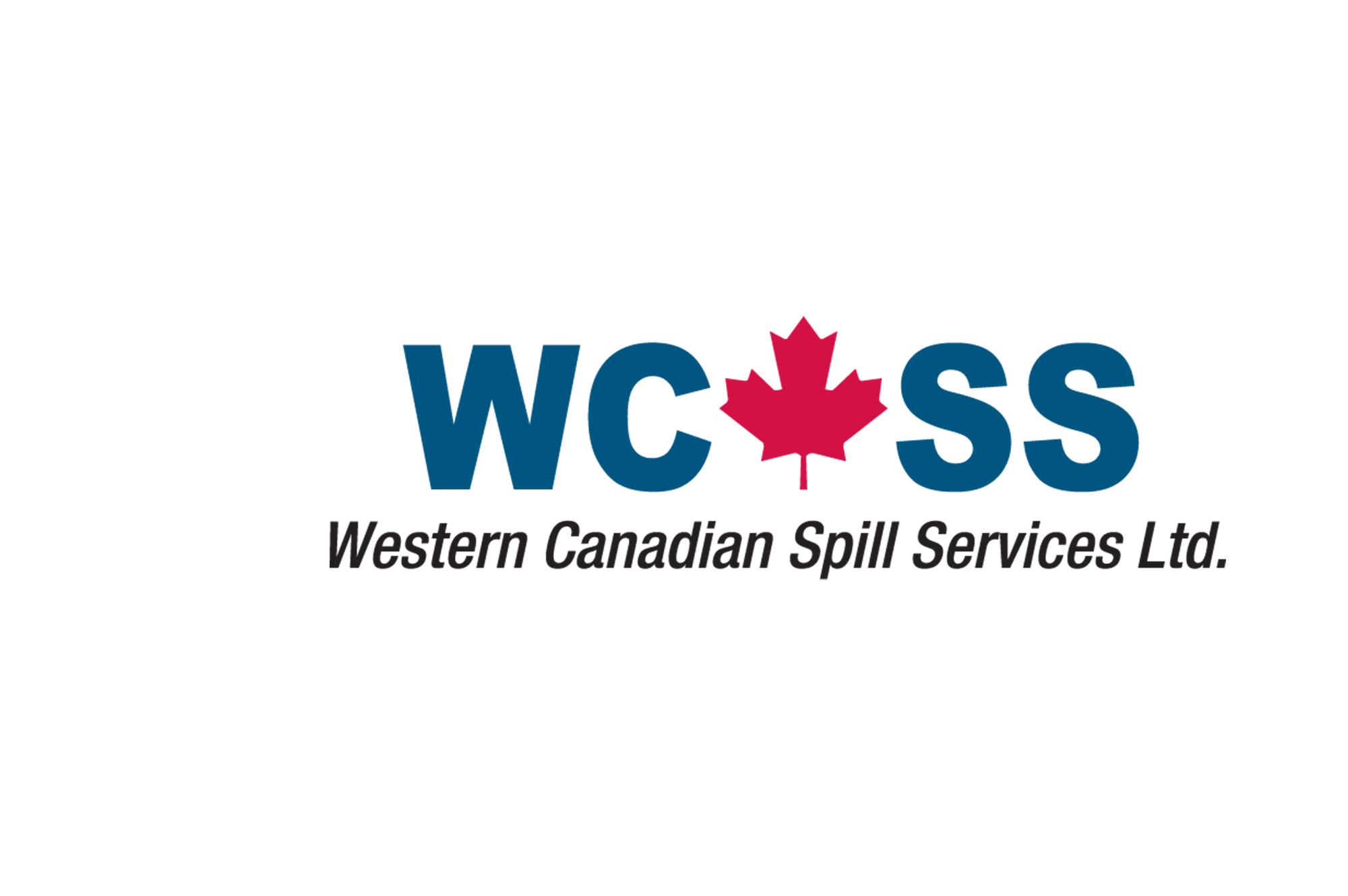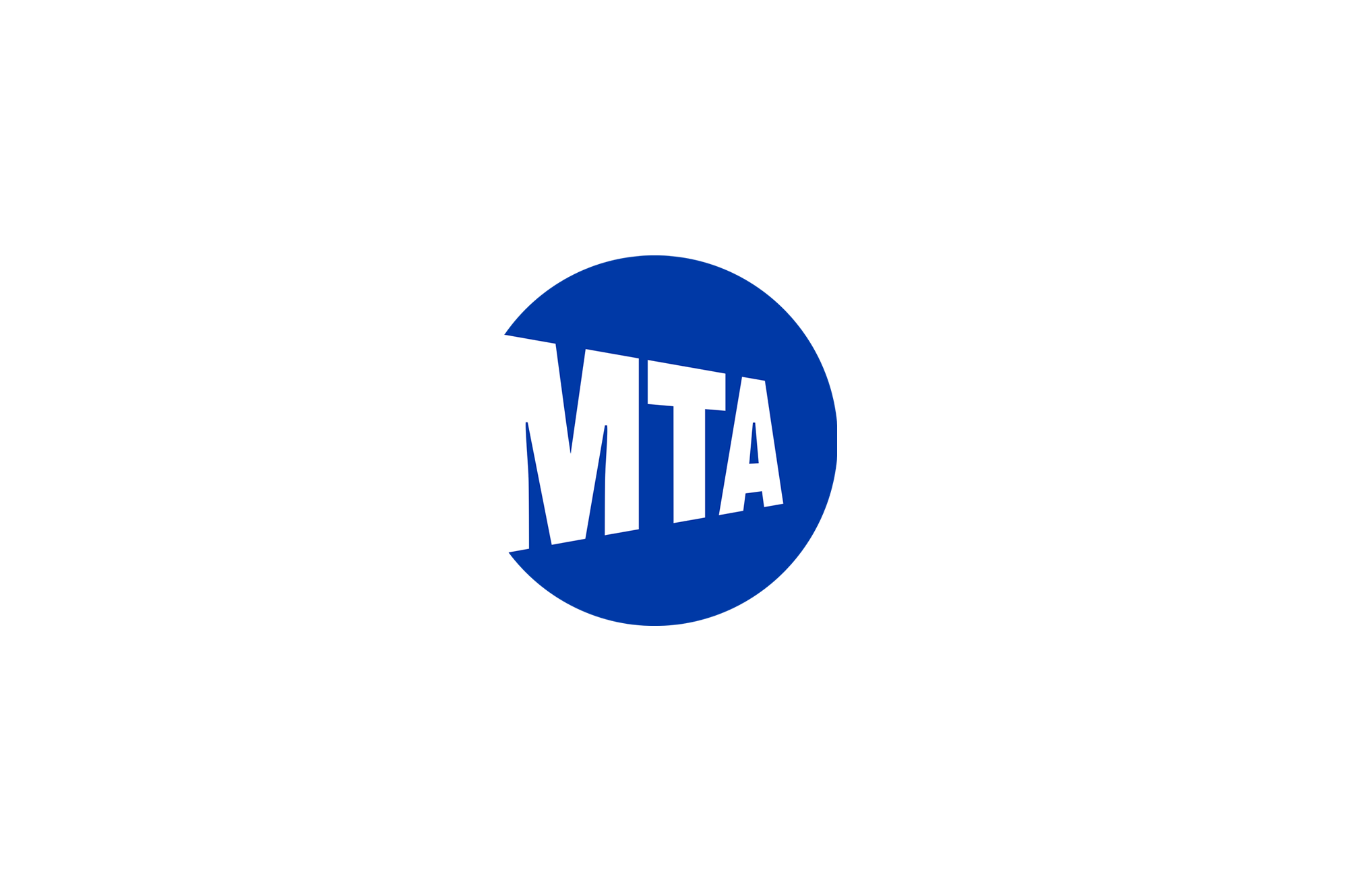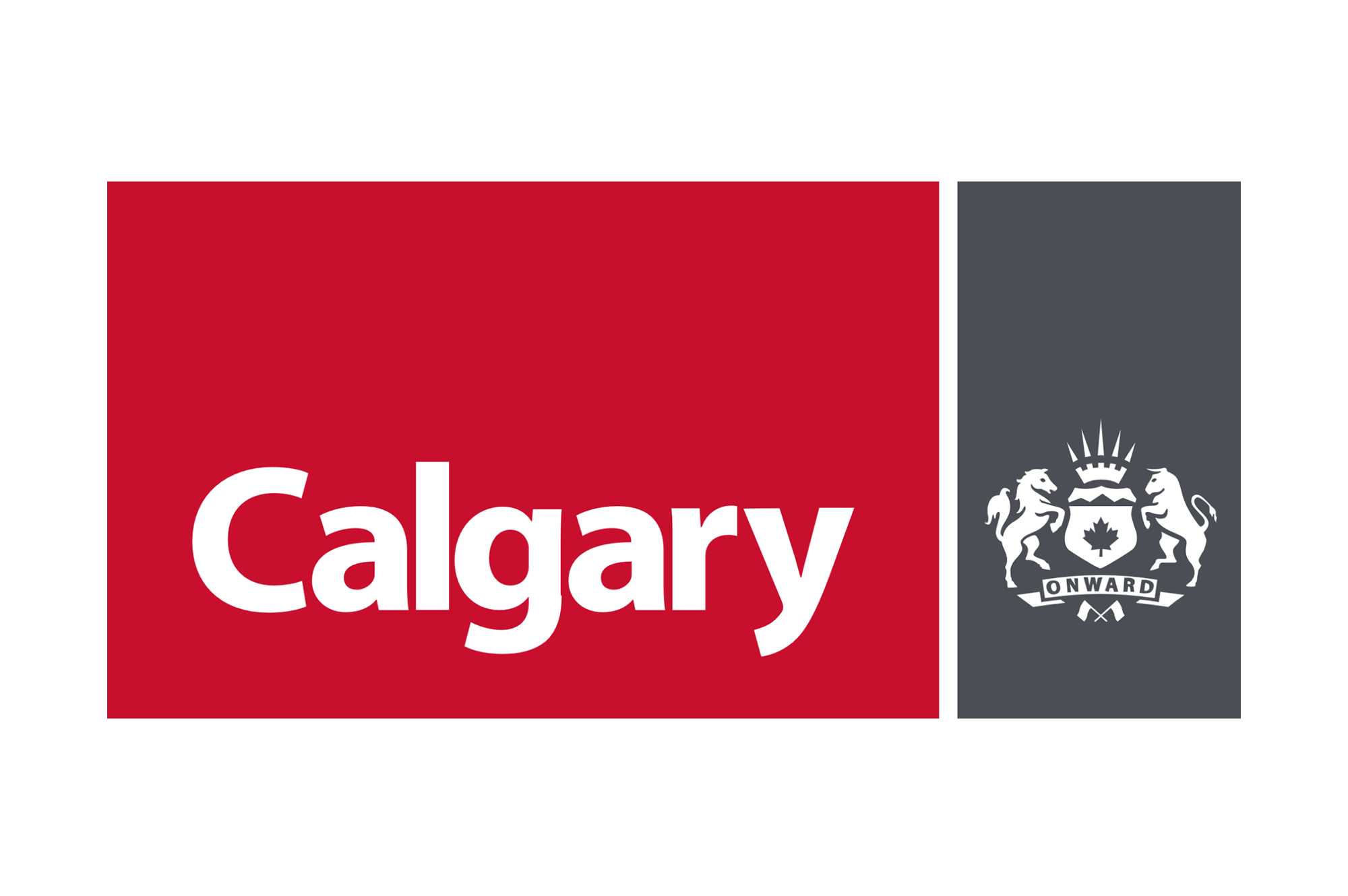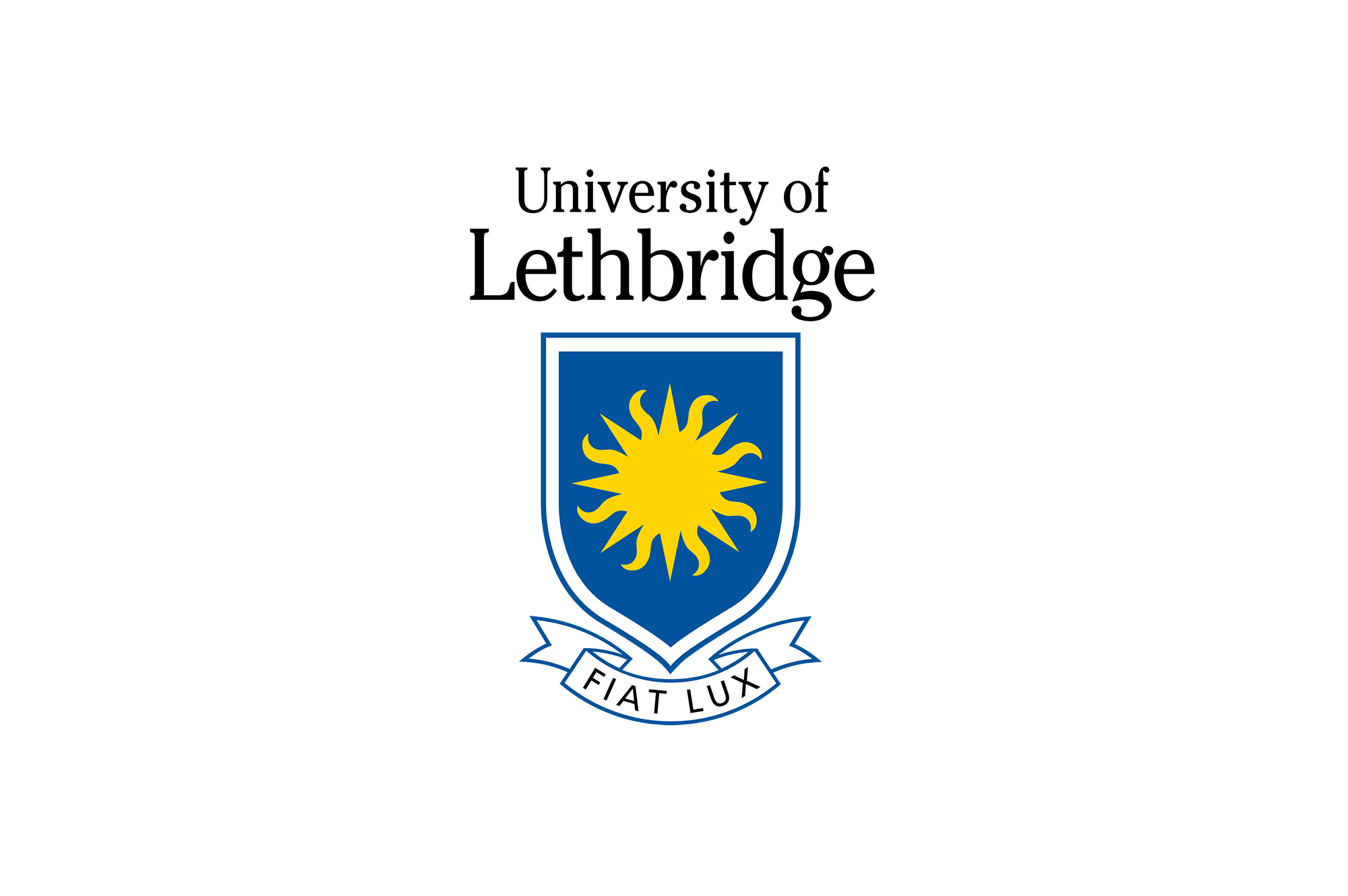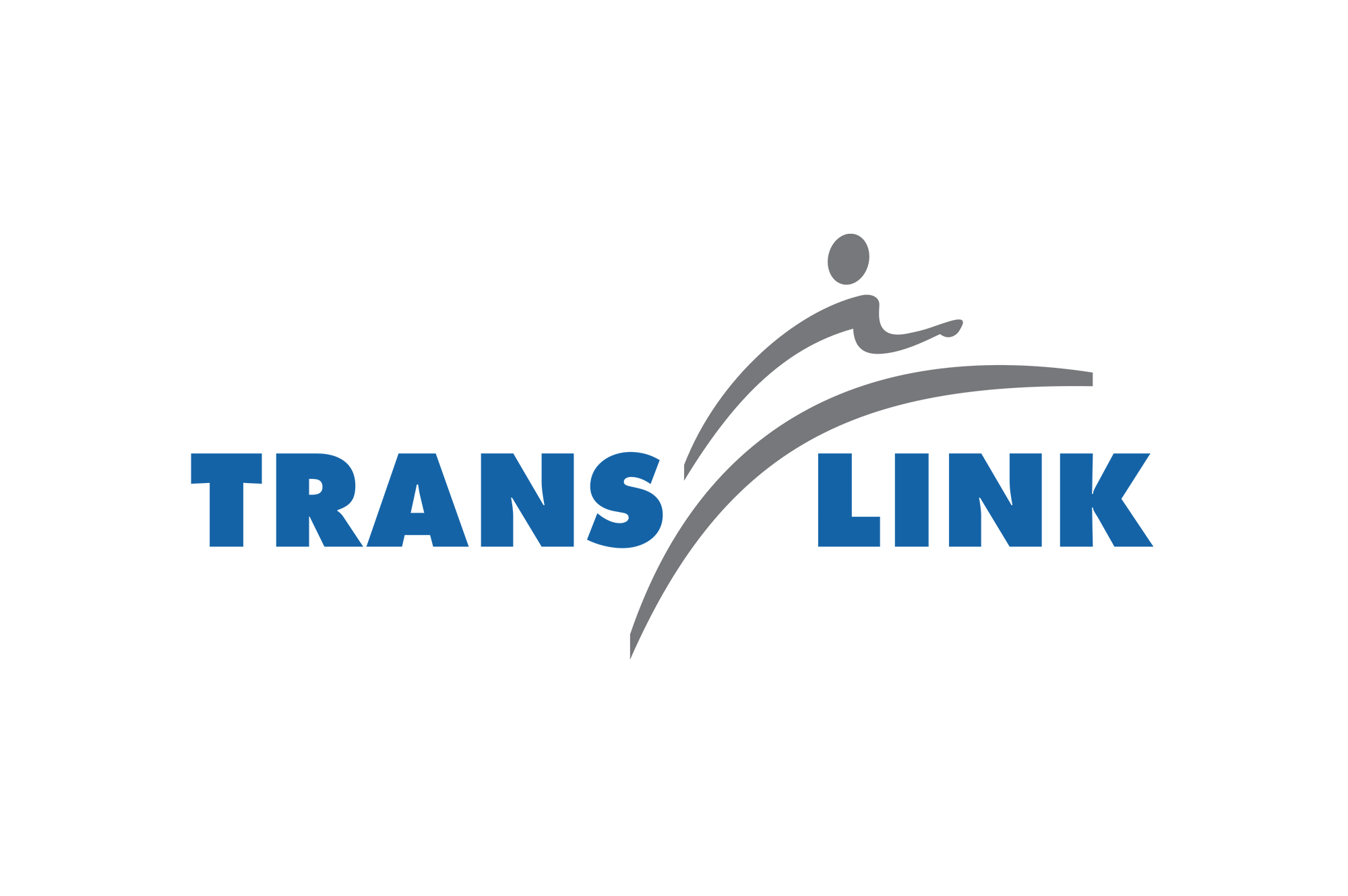BLOG
Weighing the Benefits and Challenges of Virtual Instructor-Led Training (VILT)
Strategies for combatting the challenges addressed with Virtual Instructor-Led Training (VILT), such as technical difficulties and trouble with engagement.

Strategies for combatting the challenges addressed with Virtual Instructor-Led Training (VILT), such as technical difficulties and trouble with engagement.

As a digital knowledge solution, Virtual Instructor-Led Training (VILT) simulates a traditional classroom while the instructor and participants are in different locations. It has become an important part of the way people learn through the pandemic. While the COVID-19 pandemic led to increased adoption of VILT, it is not new to the worlds of training and development, education, online training, or even company onboarding.
Highly adaptable and increasingly popular, VILT supports organizational goals, instructors, course delivery, and all kinds of learners—provided that instructors are aware of its benefits and its many potential challenges. Although businesses have adopted this method for onboarding and further learning opportunities for their employees—it can still be a challenge. Technical difficulties, lack of knowledge, and trouble with engagement, makes it difficult for both instructors and learners.
Here are some best steps forward for combatting these challenges with the added advantage of digital toolkits you will be able to use long after the pandemic. Follow along in the first of our VILT series for ways to support its successful utilization for your training and development.
When done properly, VILT offers businesses and organizations numerous benefits. One of these includes effectively delivering training any time or anywhere. Freed from the four walls of a traditional classroom, VILT can reduce training costs while offering participants engaging learning experiences where they can connect with both the content and the instructor.
Delivery models can include synchronous lessons that stretch across geographic locations and time zones. There is also an option to record sessions if some participants live in areas that make real-time attendance difficult. Any recorded sessions can be shared with participants, so they may review the content as often as they need to master it.
Instructors with significant expertise can be engaged in the design process, including offering multiple sessions for accommodating more participants in more time zones. VILT allows courses to adopt a modular design where content is easily revised and updated. Overall, increased capacity and scalability make VILT a viable training option. However, VILT often fails spectacularly—resulting in discouraged instructors and frustrated learners.
Successful VILT requires a careful balance of content, delivery, and technology. Koehler & Mishra (2012) identify seven types of knowledge required by instructors and teachers alike to integrate technology into their instruction. Together, Technological, Pedagogical, and Content intersect to form three more types of knowledge. This sweet spot is known as Technological Pedagogical Content Knowledge (TPACK). Each of these types of knowledge is impacted by the context of the learning environment.
Too often instructors are left to navigate and develop TPACK on their own. In fact, each type of knowledge identified in the TPACK model needs to be nurtured and supported for a successful learning experience.
Instructors and organizations must accept that good VILT must be far more than simply filming and delivering face-to-face lectures online. In fact, the latter approach begs learners to tune out, and leads instructors to burn out. Instructors need to recognize that instruction in a virtual environment is still a teaching role.
Simply presenting pre-recorded content will not result in deep learner engagement, learning, retention, or increased performance. Successful VILT demands that instructors and learners receive support if there is to be a successful learning and teaching experience.
As Mintz bluntly states, “Online learning is going to be a permanent fixture in how institutions deliver high-demand lower-division undergraduate introductory courses. We need to face up to the challenges.”
That’s why growth-oriented organizations engage in learning cultures. Successful organizations that focus on creating a learning culture see the results of higher learning retention, decreases in turnover, and creative, safe spaces to share ideas and encourage innovation.
Be sure to watch out for the next installment of this series, where we will talk about how to achieve TPACK through applying the three pillars of Knowledge Experience (KX).
Want to know more about how our digital knowledge solutions can create a competitive advantage? Connect with one of our experts today to learn more.
We develop digital knowledge solutions. Our team makes heroes of learning and development professionals. We improve workspace experience (and lives) across the globe, with better learning.


